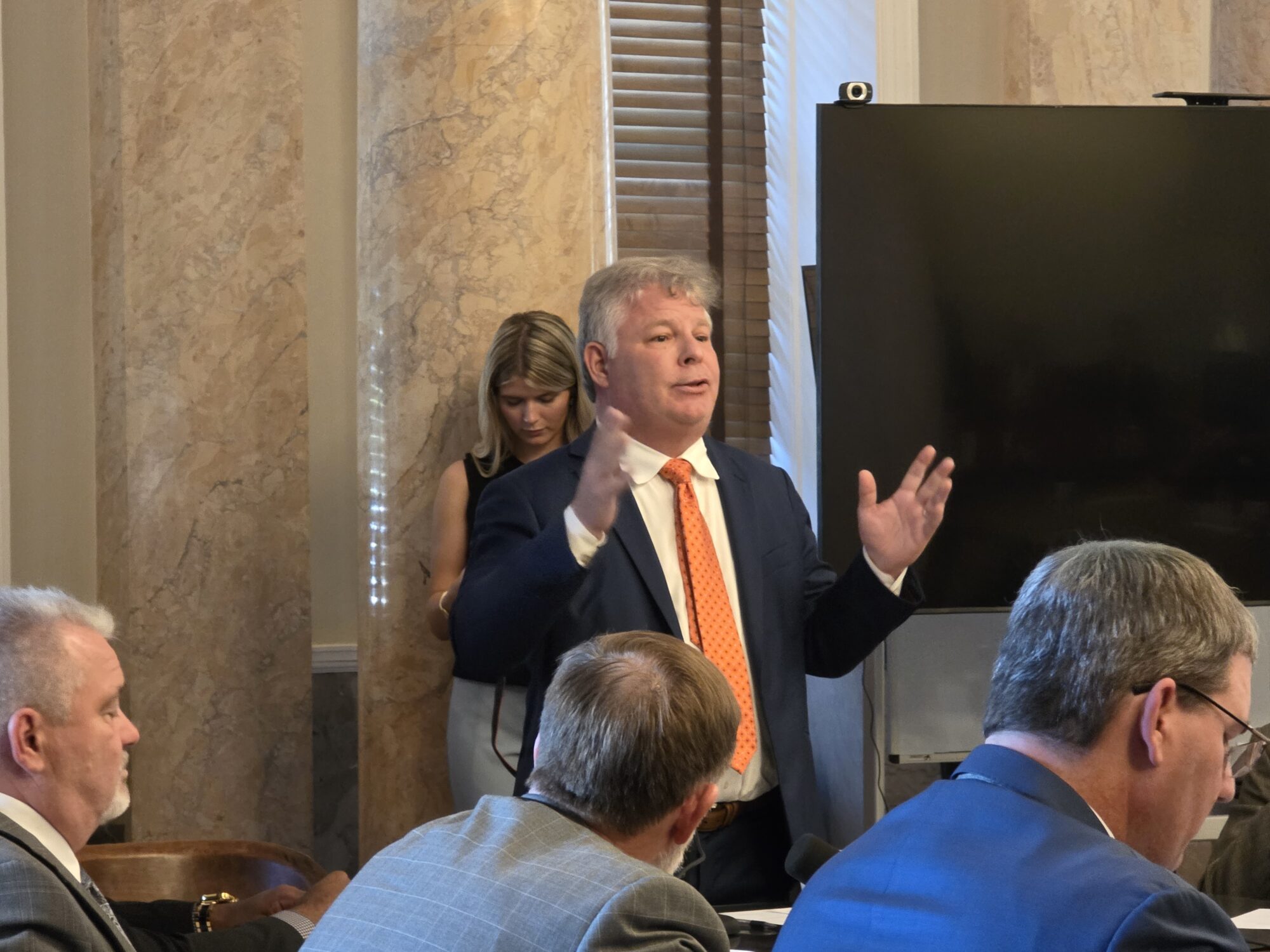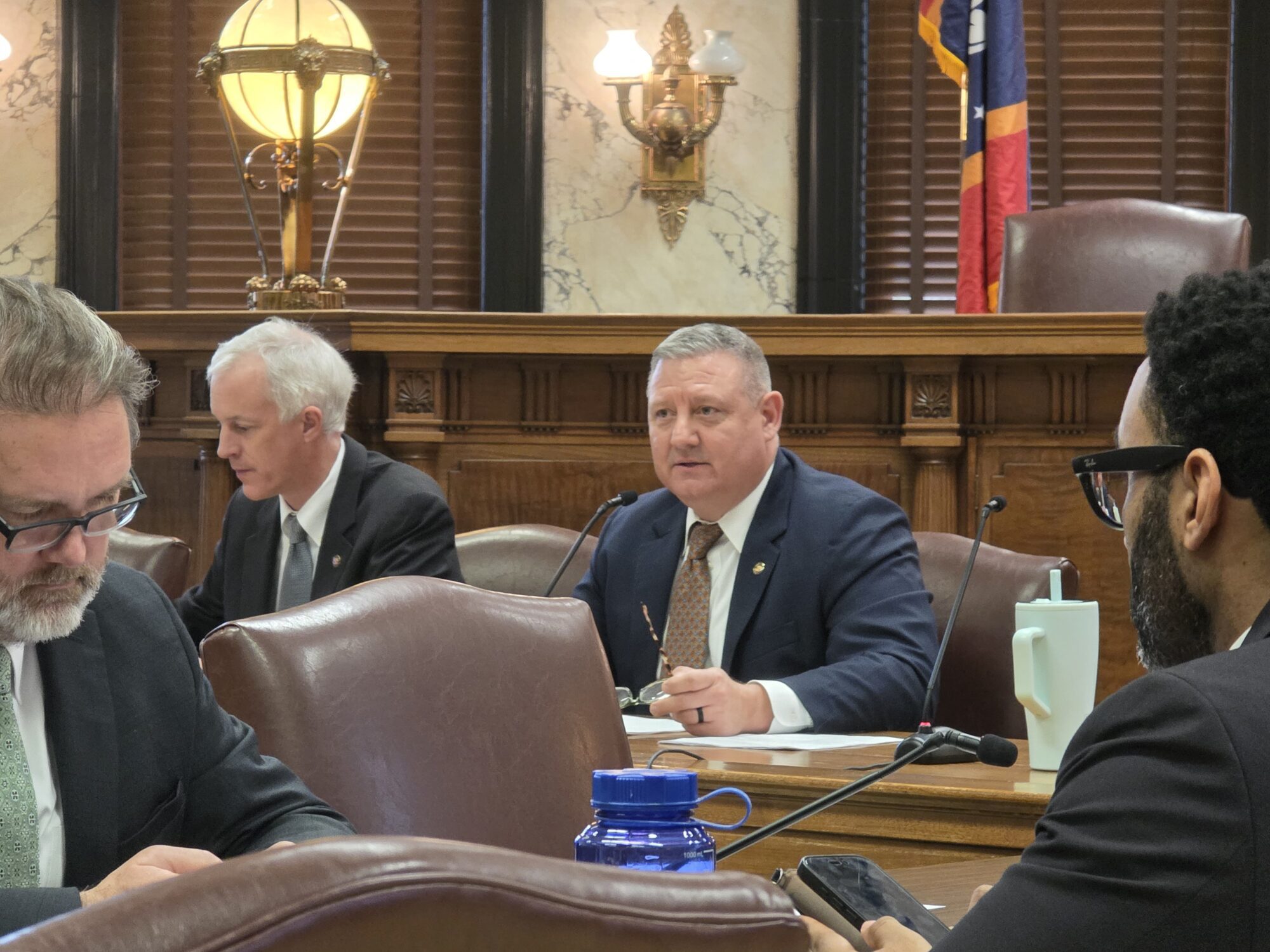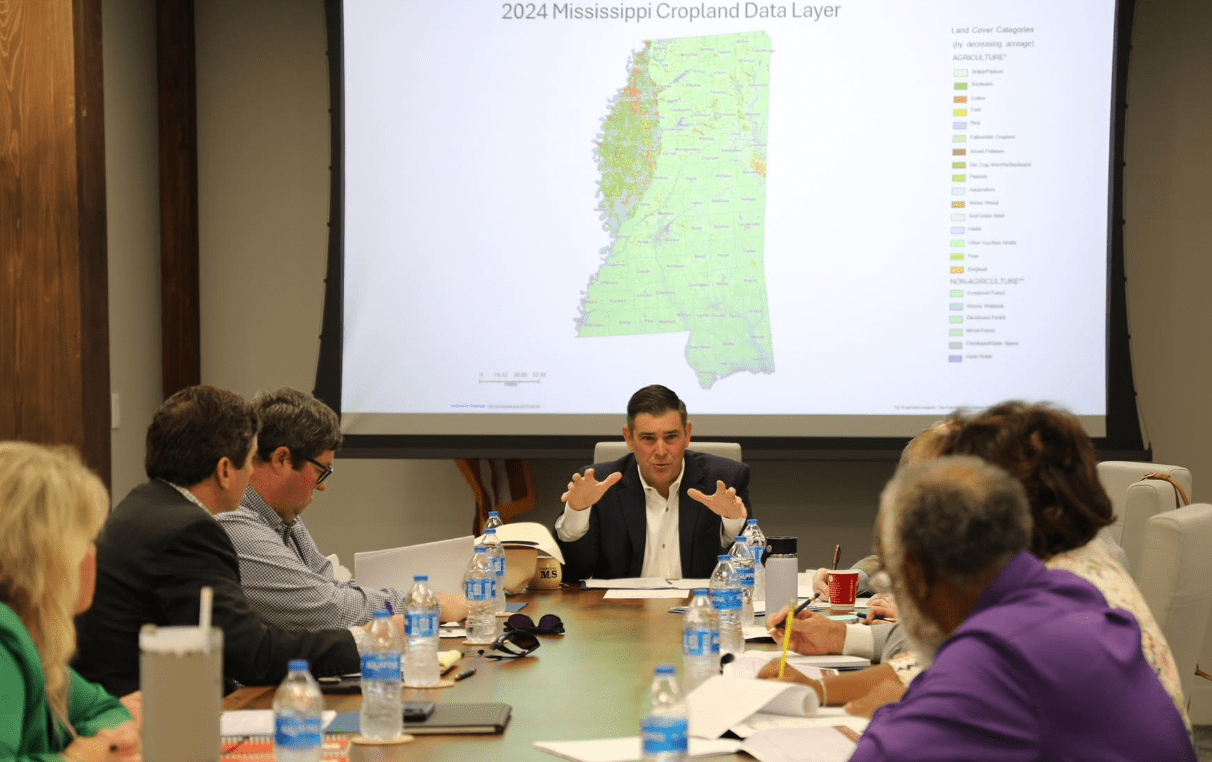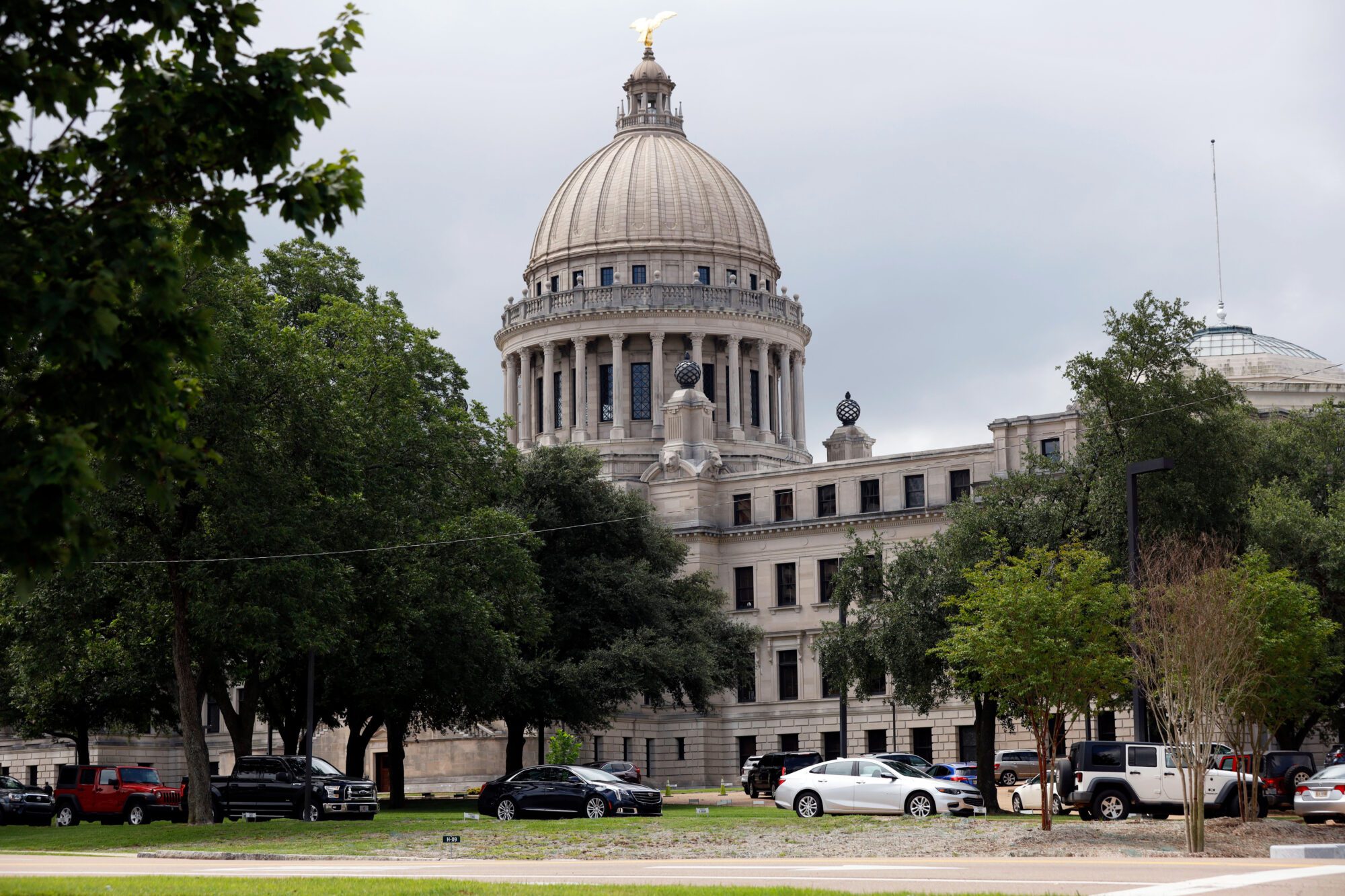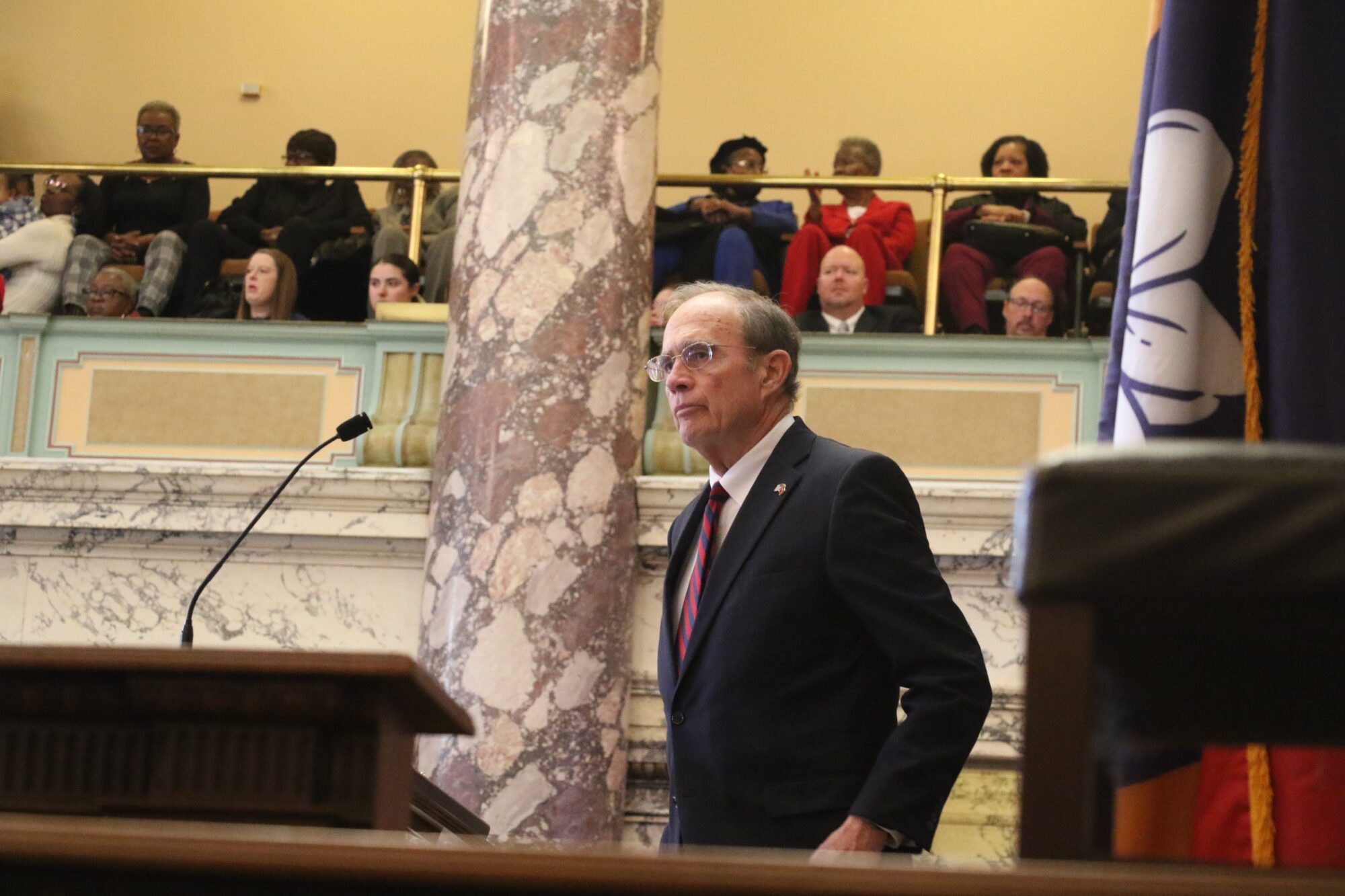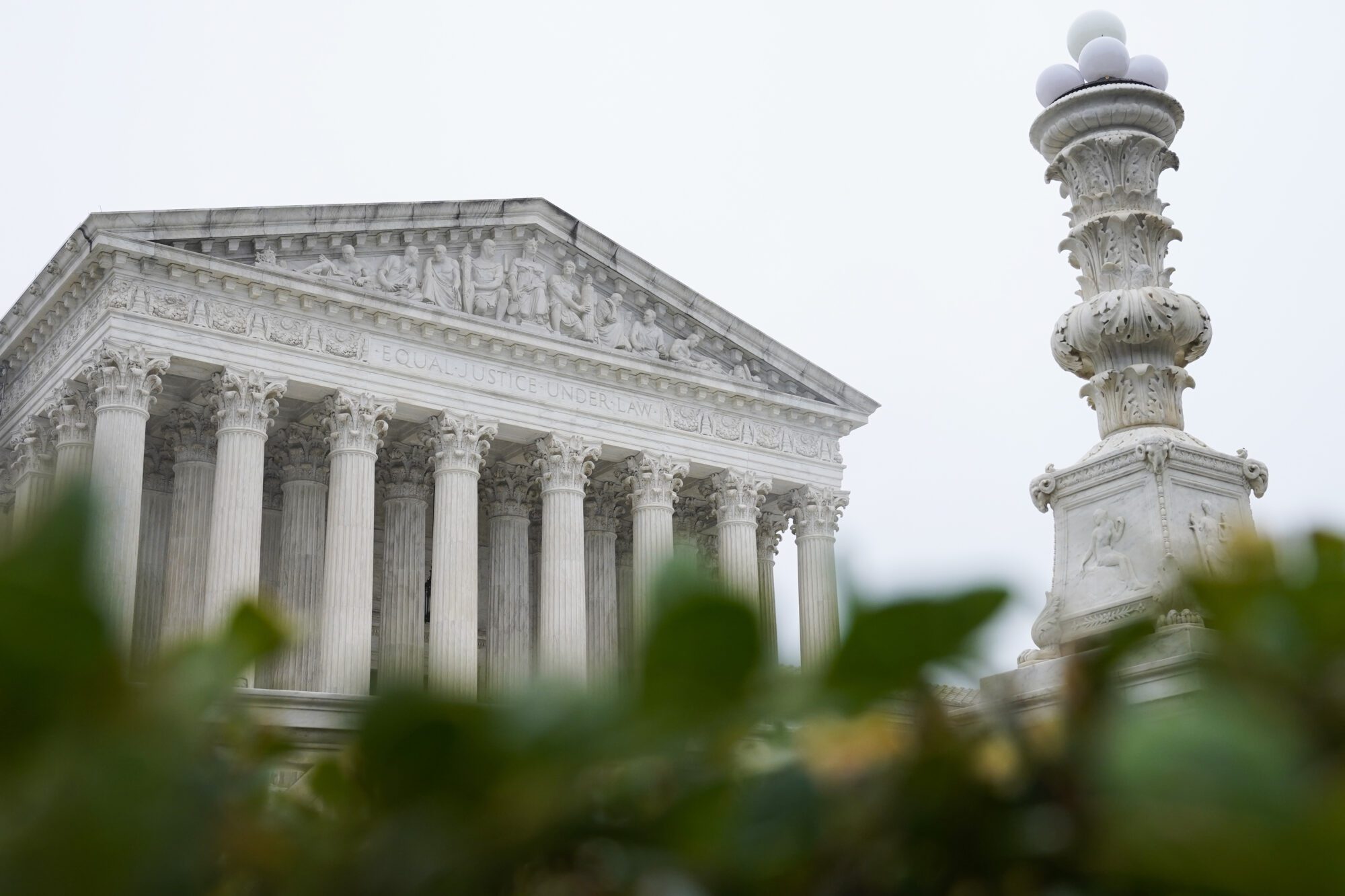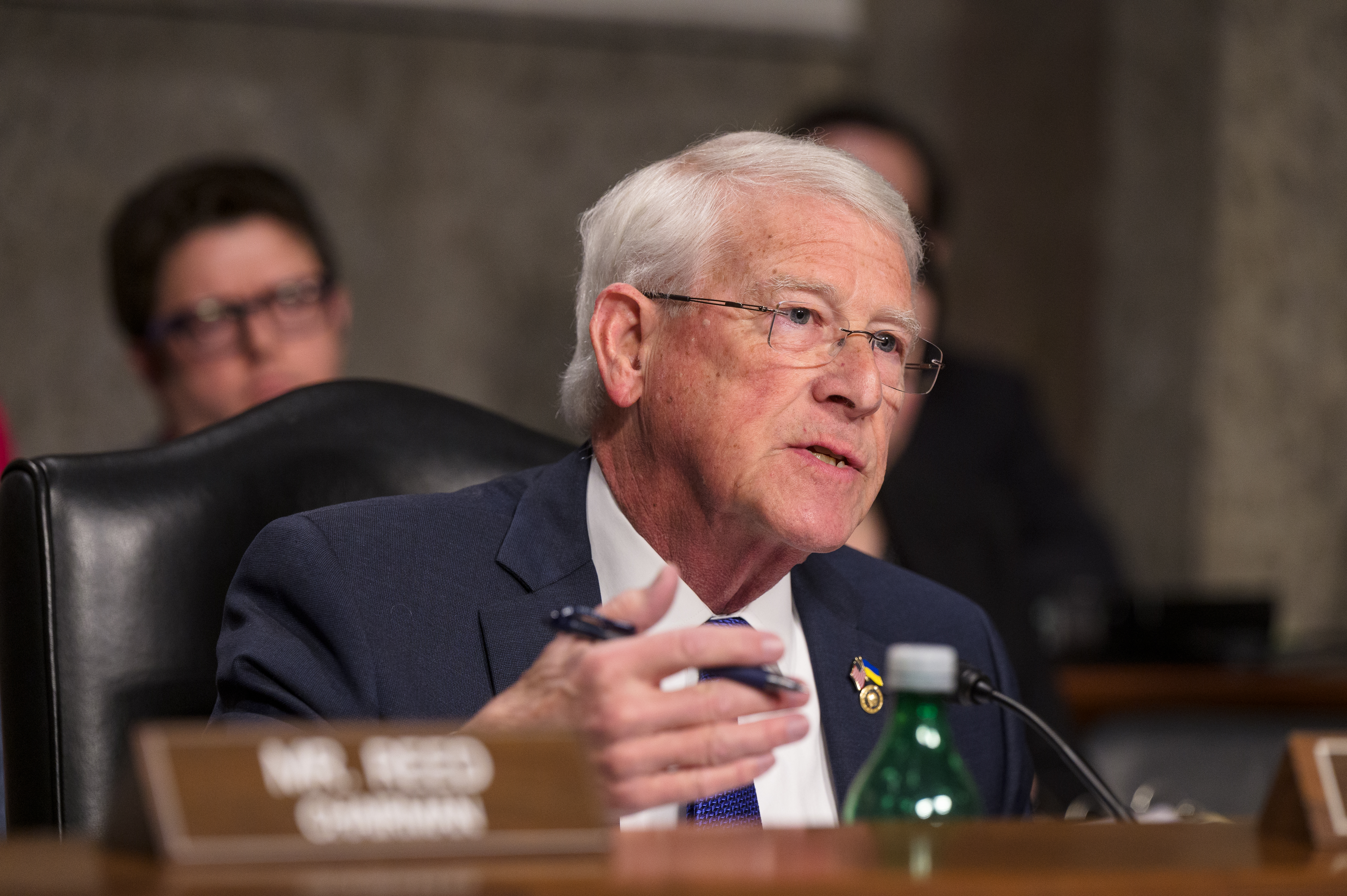
(Photo from Shutterstock)
- Pontotoc County reported the lowest cost per rider at $436 and the lowest cost per mile at $2.13. Tunica County had the highest cost per rider at $3,462 and Greenwood-Leflore had the highest cost per mile at $22.51.
The amount of funding a school district expends to ensure the safe and reliable transportation of students is based on the sparsity of their student population and the square miles within the district, among a number of other factors.
Based on the findings within a report recently released by the Joint Legislative Committee on Performance Evaluation and Expenditure Review (PEER), most school districts were within the average for comparable schools in states within the region.
This year’s report focused on 50 of the state’s 138 public school districts, of which 49 responded to the PEER’s request for information. The report found that several aspects within some school district transportation departments are operating well, while some changes in other areas could lead to cost savings.
One of the major areas the report found cost savings could be achieved in was routing. Of the districts reviewed, 39 districts reported they did not currently employ route management software. PEER found that if 20 of the reporting districts made bus route improvements, more than $2 million in cost savings could be seen, and close to $600,000 could be saved if staffing adjustments were made in 16 of the reporting districts.
Route management software would not only shorten route times, but those systems can employ GPS modules so districts can track the bus, further elevating security.
“When used correctly, bus routing software can reduce the costs of school district transportation programs, provide program flexibility, and enhance student safety,” PEER outlined.
Arguments for and against assigned seating were also included in the report. Of the reviewed districts, 17 stated they do not use formal student seating guidelines. While PEER noted in the report that there are benefits to the practice, such as organization, student tracking and conflict prevention, barriers exist to assigned seating on school buses.
“However, it may limit flexibility and spontaneous social interactions among students, potentially affecting their relationships,” the report stated. “Enforcing seating guidelines can also be challenging, as such requires consistent monitoring. There is a risk of inequality or dissatisfaction among students with less desirable seat assignments.”
Some positive findings by PEER were that the districts reviewed on average spent less per bus, per mile, and less per rider than similar districts within the region. The total expense to a district to provide transportation is affected by various factors and is based on the intrinsic aspects within each respective area.
“This indicator can vary based on factors such as the square miles within the district, population density, number of daily riders, bus condition, and cost of living in the area,” the report explains.
As such, the total transportation costs as a percentage of the districts’ total budgets varied, from as low as 1.5 percent in Clarksdale to 11.9 percent in Tunica County. Across the region the average was about 5 percent. The average for the districts that provided information for the PEER review was 4.4 percent.
“Of the 21 districts at or above the median, 17 districts serve primarily rural areas, which normally increases transportation expenses due to the dispersion of students,” the report stated.
PEER also reviewed how much a district spends to run and maintain a bus on an annual basis.
Districts had varying costs in this category, from a low of $16,500 for Richton School District to $92,000 in Tunica County. Annual operating expenses for a bus include the cost per rider, cost per mile, the number of spare buses in the fleet and the total number of buses at each school. The average within the included districts was $35,786, coming in below the regional average of $42,426.
“A greater than average annual cost per bus may be appropriate based on specific conditions or program requirements in a particular district. A less than average cost per bus may indicate either a well-run program or favorable conditions in a district (e.g., high-density student population), especially if one or more other cost measures are at or below average,” the report explained.
Additional factors that can affect the cost of running a transportation department can include the size of the district, route efficiency, the number of students who utilize the buses and the number of mechanics on staff.
Since buses need to be maintained, the report included statistics on the ratio of mechanics per bus. Within the report’s cohort, Tupelo had the highest bus to mechanic ratio at 42 buses per mechanic while West Tallahatchie had 8.5. The state median average is 20 buses per mechanic.
The PEER report also broke down the average cost per rider and per mile, where Pontotoc County was found to have the lowest cost per rider at $436 and the lowest cost per mile at $2.13. Tunica County was found to have the highest cost per rider at $3,462 and Greenwood-Leflore was found to have the highest cost per mile at $22.51.
Regionally, the average cost per rider is $1,195, but nationally that average can be as low as $945 to more than $2,000. The PEER report found the regional average cost per mile to be $7.78 and the national average to range from $5.29 up to $9.41.
Other notable findings included that 26 districts in the cohort transport students from all grade levels on the same bus in a geographic area, while 10 assign one bus per school. Thirty-six districts reported not having enough substitute bus drivers to prevent service delays on an occasional basis. The recommended percentage of substitute drivers is 20 percent of the total number of daily bus drivers. To cover driver vacancies, 18 districts reported using alternative means, such as merging routes or having transportation staff drive the bus.
The PEER report was based on information from fiscal year 2023. Of the 50 districts included in the report, Aberdeen School District’s transportation department did not respond to PEER’s request for information for the review, and Jefferson, Kemper, North Bolivar, Petal, South Pike and Webster provided only minimal data.
